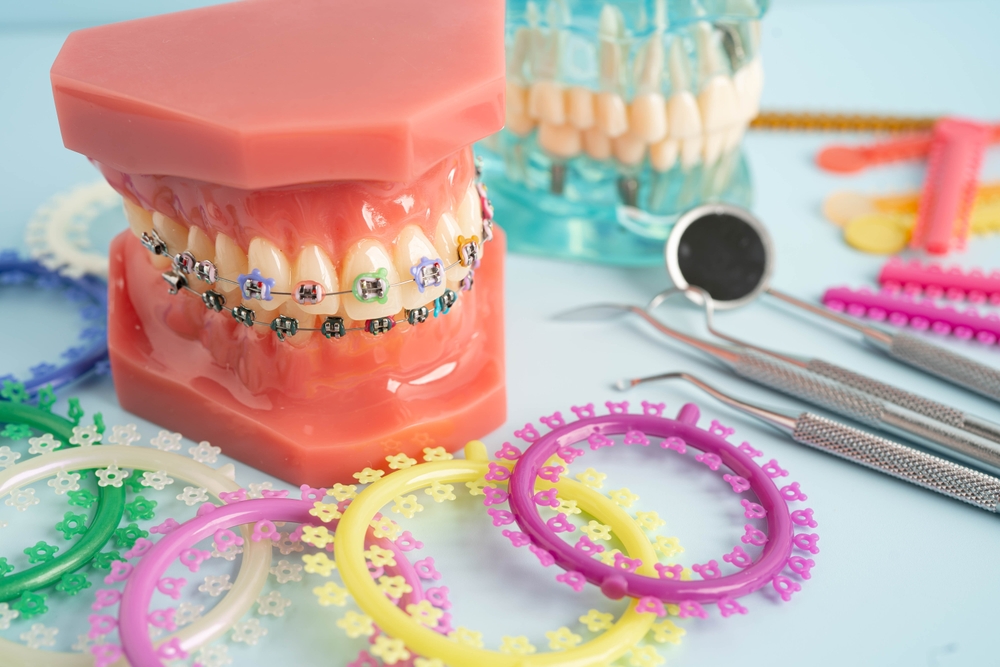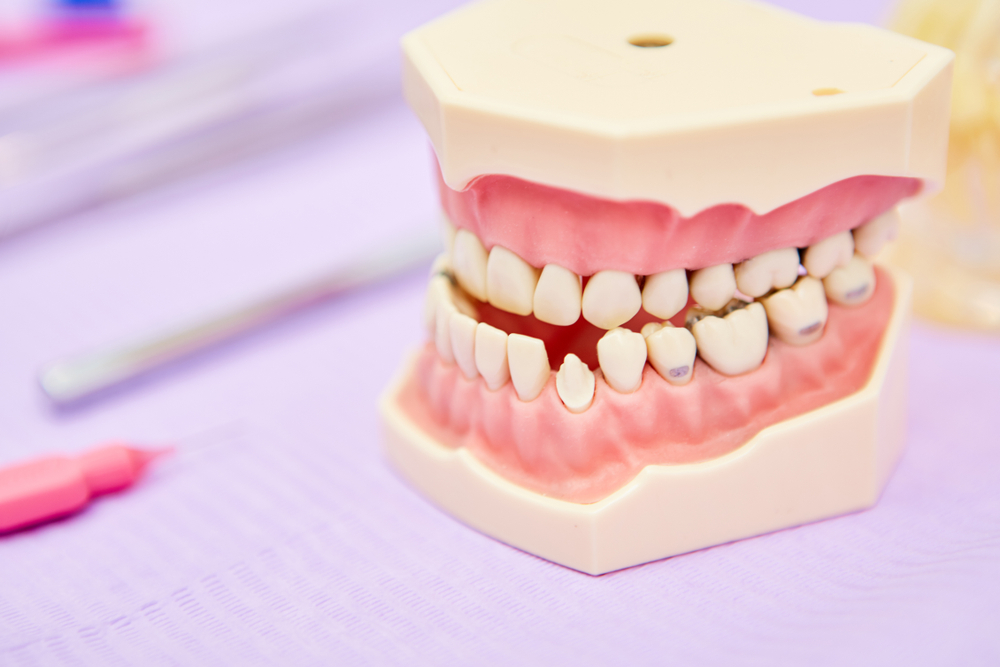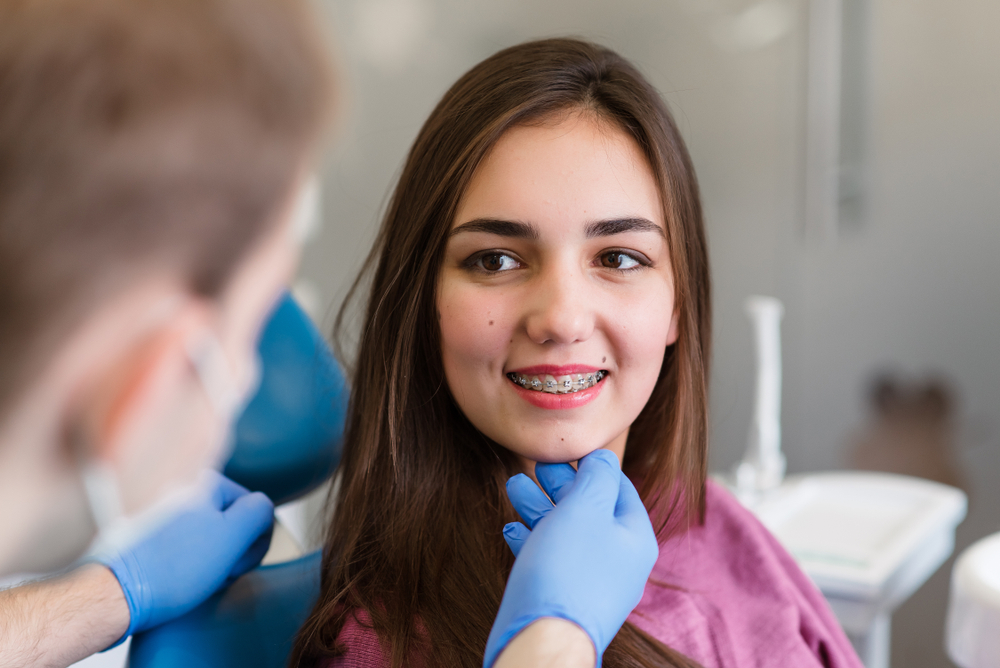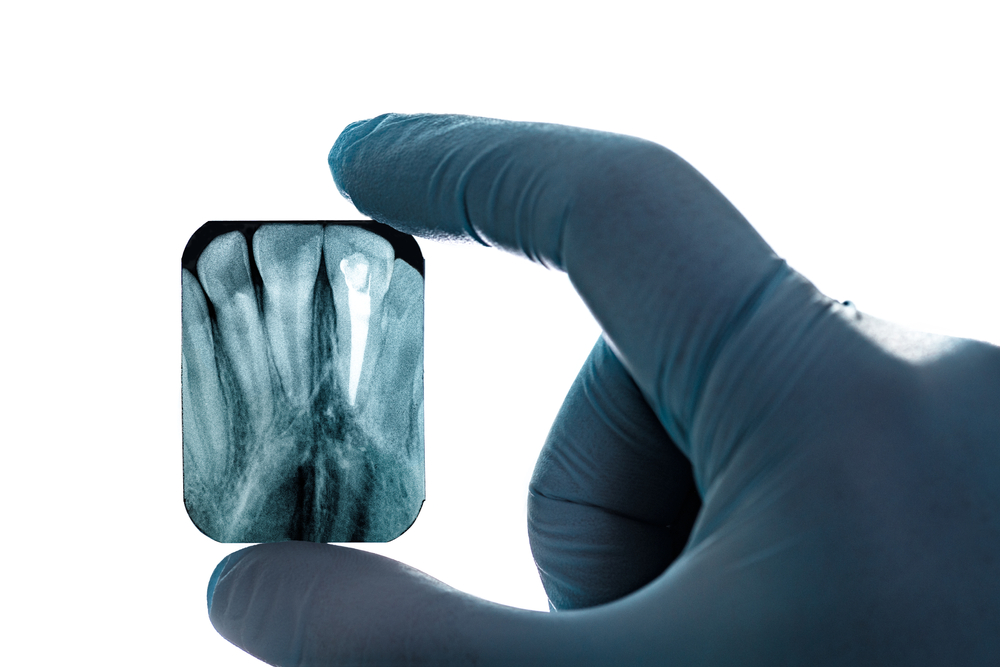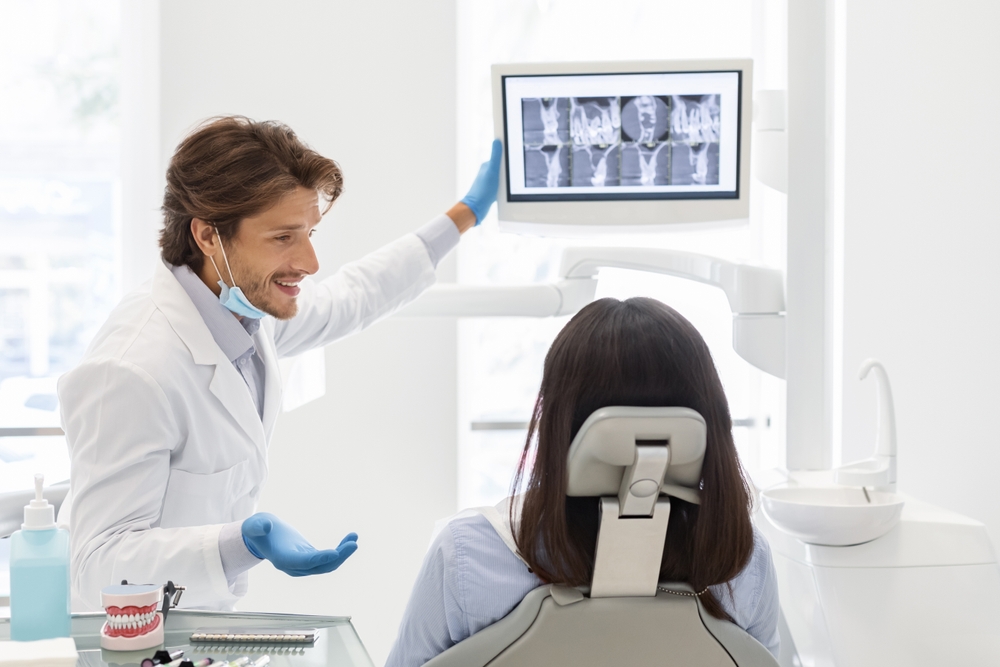At Davis Family Orthodontics, led by Dr. Laura Davis and serving the communities of Lawrenceville, Morrow, Stone Mountain, and Loganville, GA, the connection between orthodontics and overall well-being is a frequent topic of discussion. While orthodontic treatment is commonly associated with cosmetic improvements and better oral hygiene, it can also play a significant role in addressing chronic pain. From jaw discomfort to headaches and neck strain, misaligned teeth and bite irregularities can contribute to or even cause persistent pain. In many cases, correcting these underlying issues through orthodontic care may provide lasting relief and improve quality of life.
The Link Between Misalignment and Chronic Pain
One of the most common sources of chronic pain associated with dental misalignment is temporomandibular joint disorder, commonly known as TMJ or TMD. The temporomandibular joints are located on either side of the jaw and connect the jawbone to the skull, allowing for movement necessary for speaking and chewing. When the bite is off or the teeth do not align properly, added pressure is placed on these joints and the surrounding muscles. Over time, this imbalance can lead to pain in the jaw, face, ears, and even the shoulders and neck.
Additionally, malocclusions such as overbites, underbites, and crossbites can force the jaw into unnatural positions during rest and function. This ongoing tension can result in muscle fatigue and inflammation, contributing to chronic discomfort. The longer the misalignment goes uncorrected, the greater the strain on these muscles, often leading to pain that seems unrelated to the teeth themselves. Many patients may not realize their headaches or neck stiffness are tied to how their jaws and teeth interact.
How Orthodontic Treatment Alleviates Jaw Strain
Orthodontic treatment works by slowly and safely repositioning the teeth and jaws into more harmonious alignment. By correcting a malocclusion, the bite becomes more balanced, and stress on the jaw muscles and joints is significantly reduced. This improved function helps alleviate the tension that contributes to jaw pain and related symptoms.
For example, patients with an open bite may find that their back teeth bear excessive pressure during chewing, while those with a deep bite may have lower teeth that push into the palate, causing discomfort. Realigning these relationships not only enhances chewing efficiency but also distributes forces evenly across the jaw, reducing wear and stress. The process of aligning the bite helps to return the jaw to a more natural resting position, which in turn eases the muscular strain that often contributes to pain.
Chronic Headaches and Facial Pain
Many individuals who suffer from chronic headaches may be surprised to learn that dental issues could be a contributing factor. Headaches caused by bite misalignment, known as tension-type headaches, are often the result of muscle strain in the face and jaw. Constant clenching or grinding (bruxism), which is more common in patients with misaligned bites, puts additional pressure on these muscles, leading to tightness and pain that radiates to the temples, forehead, and even behind the eyes.
Orthodontic treatment can help mitigate these issues by improving the bite and reducing the triggers for clenching or grinding. As the teeth and jaw are brought into proper alignment, the need for the muscles to overcompensate diminishes. This can lead to a significant decrease in the frequency and severity of headaches. In some cases, patients report relief from years of unexplained facial pain after undergoing orthodontic therapy to correct their bite.
The Impact on Neck, Shoulder, and Back Pain
While the jaw and mouth may seem isolated from the rest of the body, poor alignment in these areas can have a ripple effect. Misalignment of the bite can alter the posture of the head, causing it to shift forward or tilt unnaturally to compensate. This change in posture places additional stress on the neck and upper back muscles, leading to chronic tension and discomfort.
The connection between bite alignment and spinal posture is supported by a growing body of research indicating that even minor discrepancies in the bite can result in compensatory body movements. Over time, this can lead to muscular imbalances and chronic pain in the upper body. Orthodontic treatment that restores proper occlusion may indirectly improve posture and reduce musculoskeletal stress, helping alleviate these secondary sources of pain.
Behavioral and Sleep-Related Symptoms
In addition to physical discomfort, malocclusion can contribute to behavioral and sleep-related symptoms that further complicate chronic pain conditions. Bruxism, or nighttime teeth grinding, often occurs in response to bite misalignment. This involuntary activity places constant stress on the jaw and can lead to disrupted sleep, morning headaches, and daytime fatigue.
Orthodontic solutions that align the teeth and bite properly can help reduce or eliminate bruxism. When the teeth meet evenly and the jaw rests in a neutral position, the subconscious drive to grind or clench is reduced. Patients may notice improved sleep quality and a decline in pain symptoms once these behaviors diminish. Better sleep also contributes to lower stress levels and improved overall pain tolerance, creating a positive feedback loop for long-term health.
Identifying the Right Candidates for Orthodontic Pain Relief
Not all chronic pain is caused by dental misalignment, so proper diagnosis is essential. Before beginning any orthodontic treatment for pain relief, it is important to undergo a comprehensive evaluation that includes imaging, bite analysis, and a detailed health history. Collaboration between an orthodontist, dentist, and other healthcare professionals such as neurologists or physical therapists can provide a complete picture and rule out other causes.
Certain indicators may suggest that orthodontic treatment could be beneficial. These include:
- Frequent headaches with no clear cause
- Jaw clicking or popping
- Pain while chewing or speaking
- Limited range of jaw movement
- Chronic neck and shoulder tightness
- Evidence of teeth grinding or clenching
Patients experiencing these symptoms may benefit from a consultation to determine if malocclusion is playing a role in their discomfort. A targeted treatment plan can then be developed to address the specific alignment issues contributing to the pain.
A Holistic Approach to Long-Term Relief
Addressing chronic pain through orthodontic treatment is not just about straightening teeth; it’s about improving the entire functional system of the mouth and jaw. By aligning the bite, reducing muscular strain, and promoting healthy oral function, orthodontic care can have far-reaching benefits beyond aesthetics. Many patients find that resolving underlying dental issues contributes to improved overall well-being, greater energy, and enhanced quality of life.
This holistic approach underscores the importance of early diagnosis and comprehensive treatment planning. While orthodontic care is not a cure-all for every type of chronic pain, it can play a pivotal role for many patients whose symptoms are rooted in malocclusion or poor jaw function. By addressing these foundational issues, long-term pain relief is not only possible but often sustainable.
At Davis Family Orthodontics, with locations in Lawrenceville, Morrow, Stone Mountain, and Loganville, GA, recognizing the broader health impacts of orthodontic alignment is part of supporting patients in their pursuit of wellness. For individuals suffering from unexplained or persistent pain, exploring the connection between bite alignment and discomfort may reveal a valuable path to relief.
Sources
de Wijer, A., Steenks, M. H., Bosman, F., Helders, P. J., & de Leeuw, J. R. (1996). Symptoms of cervical spine dysfunction in temporomandibular and cervical spine pain patients. Journal of Oral Rehabilitation.
Glaros, A. G., Williams, K., & Lausten, L. (2005). The role of parafunctions, emotions and stress in predicting facial pain. Journal of the American Dental Association.
Khan, A. A., & McLeod, N. M. H. (2012). The association between temporomandibular disorders and sleep disturbances: A review. Oral Surgery, Oral Medicine, Oral Pathology, and Oral Radiology.



